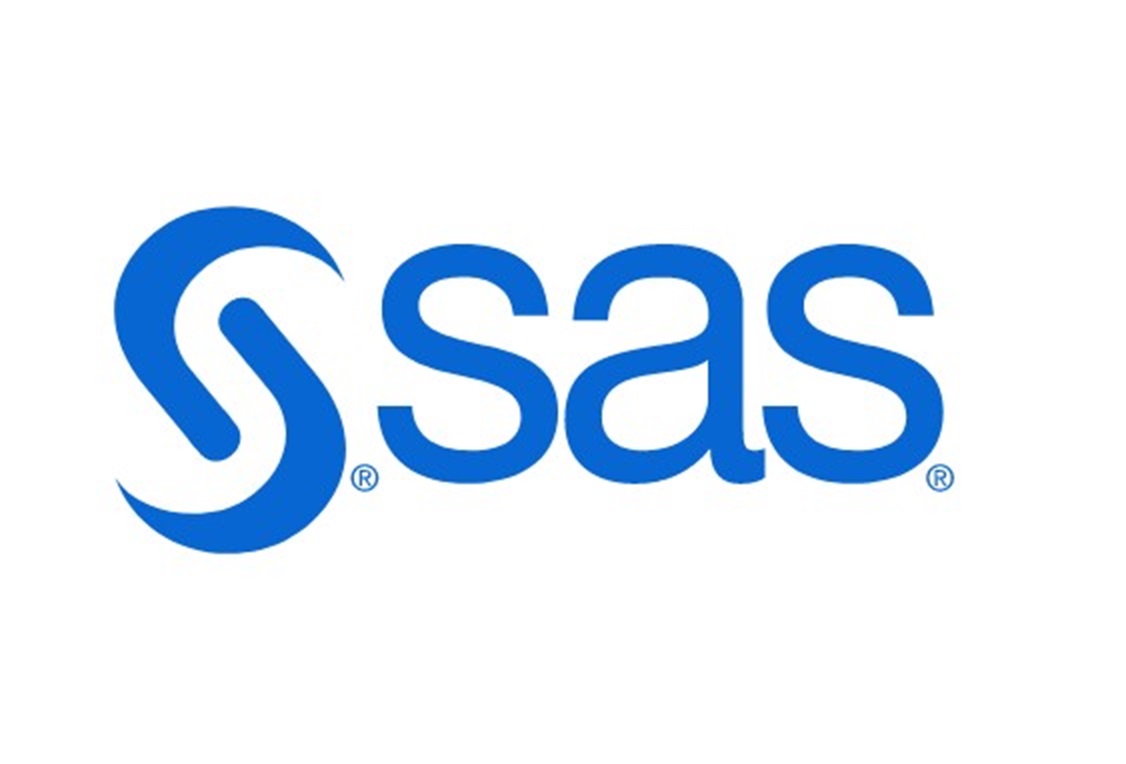What Is Sas? Sas Job Opportunities…

What is SAS?
Statistical Analysis System (SAS) was developed by the SAS Institute in the year 1960. one of the leaders in analytics. SAS was used for Data Management, Business Intelligence, Predictive Analysis, Descriptive and Prescriptive Analysis, Clinical trial analysis, etc. SAS is an independent platform it is works on any operating system.
SAS has added some most advanced solutions to its portfolio, it has Base Programming, Advanced Programming, Machine learning, Visual Business Analytics, Big Data Analytics, Text mining, Data Governance, etc.
Why do we use SAS?
SAS is used for statistical and data analysis and the SAS program reads and stores data, analyses it, and produces reports based on its findings. Create reports in graphs, tables, PDF, HTML, and rich text format. SAS is basically worked on larger data sets and it is one of the leading software in the field of analytics. it is useful for the following operations:
1. Business Analysis, Statistical Analysis
2. Data management, Data Mining
3. Project Management
4. Business Intelligence
5. Data Extraction
6. Report writing and Graphics
7. Data Transformation
8. Quality Improvement
9. Clinical Data Management
10. Clinical SAS Programmer etc.
SAS has available more than 200 components, some of which are listed here, and its Usage is below:
SAS/PH - Clinical trial analysis / Clinical Data Management / Clinical SAS Programmer
SAS/STAT - Statistical analysis and modeling
SAS/ETS - Econometrics and Time Series Analysis
Base SAS - Data management, data analysis, and reporting.
SAS/GRAPH - Graphs, Charts and Plots
SAS/INSIGHT - Data mining.
SAS/QC - Quality control.
SAS/IML - Contractive matrix language.
Enterprise Guide - GUI-based code editor & project manager.
Widely uses window SAS in most of the organization as well as training consultants. Linux has some disadvantages like there is no graphical user interface so every time to write every query. But in the Windows interface lot of advantages are available.
SAS Window and their Usage:
1. Log Window: This is an execution window, Check the execution of the SAS program. It is very important to check every time the log window after running the program. In this window, we can check the errors also. so that we have an understanding of the execution of our program.
2. Editor Window: Codes window, where we write all the codes.
3. Output Window: The output window is the result window where we can see the output of our program.
4. Result window: It is like an index to all the outputs. All the programs that we have run in one session of the SAS are listed there and you can open the output by clicking on the output result.
5. Explore Window: Here are all the libraries listed. You can also browse your system SAS-supported files from here.
SAS Library:
SAS libraries are the storage in SAS which can divided into two types:
1. Temporary Library
2. Permanent library
Temporary library: The default library in SAS is the work library, where all programs are stored if no other library is assigned to them. You can locate the work library in the Explore Window. If a SAS program is created without assigning a permanent library, it will only exist in the Work library for the duration of the session. Upon ending the session and restarting the software, the program will no longer be in the "work" library.
Permanent library: SAS has permanent libraries that can be established either through SAS utilities or by coding directly in the editor window. These libraries are termed permanent because, when we save SAS programs in them, the programs remain accessible for as long as we choose to retain them.
Job Scope for SAS Professionals?
SAS is one of the powerful software that is widely used in Data Management, Data Analysis, and reporting in various industries, including healthcare, finance, and government agencies. Here are some most scope SAS Job Positions:
1. Statistical Programmer-Statistical programmers play a crucial role in crafting and validating programs for statistical analysis through the utilization of SAS software. They operate across diverse sectors such as healthcare, finance, and government agencies.
2. Clinical SAS Programmer-Clinical SAS programmers are tasked with overseeing and analyzing data from clinical trials by utilizing SAS software, and they typically operate within the pharmaceutical industry.
3. Business Analyst-In the finance industry, business analysts utilize SAS software to analyze financial data and produce reports for stakeholders.
4. Data Analyst-Data analysts, employed across diverse sectors such as healthcare, finance, and government agencies, leverage SAS software to analyze extensive datasets and generate reports for stakeholders.
5. SAS Project Manager-Project managers specializing in SAS are accountable for overseeing SAS-related projects throughout their entire lifecycle. They operate across a range of industries, including healthcare and finance.
6. SAS Developers- In a variety of sectors, including healthcare and finance, SAS developers undertake the task of creating and upkeeping applications based on SAS.
7. SAS Programmer- Across diverse industries such as healthcare, finance, and information technology, SAS programmers are tasked with writing programs and generating reports derived from data analysis.
8. SAS Analyst- Across a range of industries, including healthcare, finance, and information technology, SAS analysts are tasked with analyzing data and delivering insights to stakeholders.
What is SAS Courses Eligibility?
Education Background: Bachelor's or Master's Degree in Life Science, Computer Science, Statistics, Mathematics, or a related field.
SAS Certification: An SAS certification, such as SAS Base Programmer, SAS Advanced Programmer, Clinical trial programming, or SAS Viya Programming Specialist is preferred.
In conclusion, acquiring expertise in SAS programming, analytical and communication skills, industry knowledge, and certification is essential for pursuing a career as a SAS programmer. Additionally, gaining practical experience in SAS programming or within the target industry can enhance one's chances of securing a job in this role.
Content by: Tejaswini Bhat
Email:contect@likeways.co.in
Image Credit:SAS
